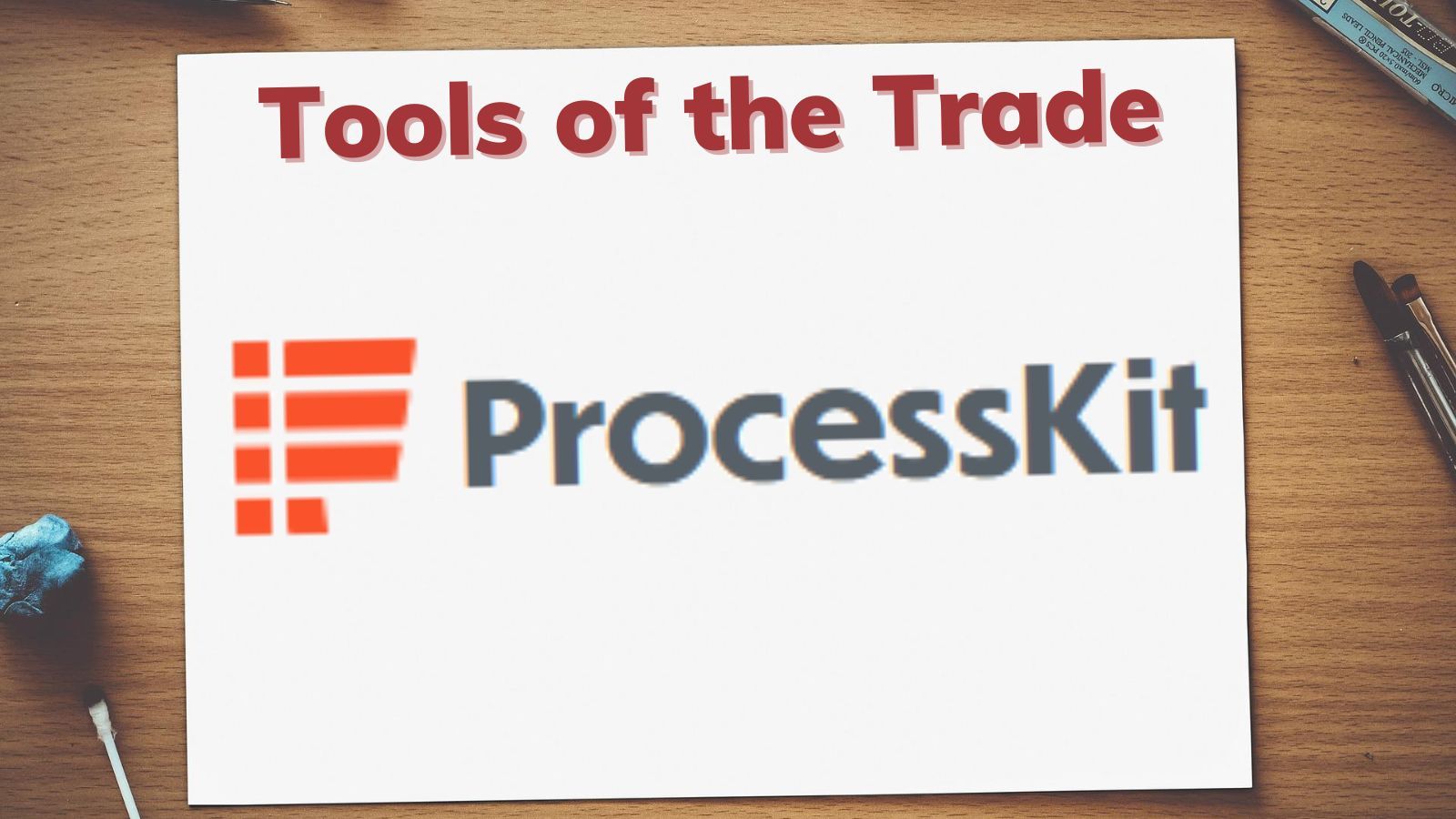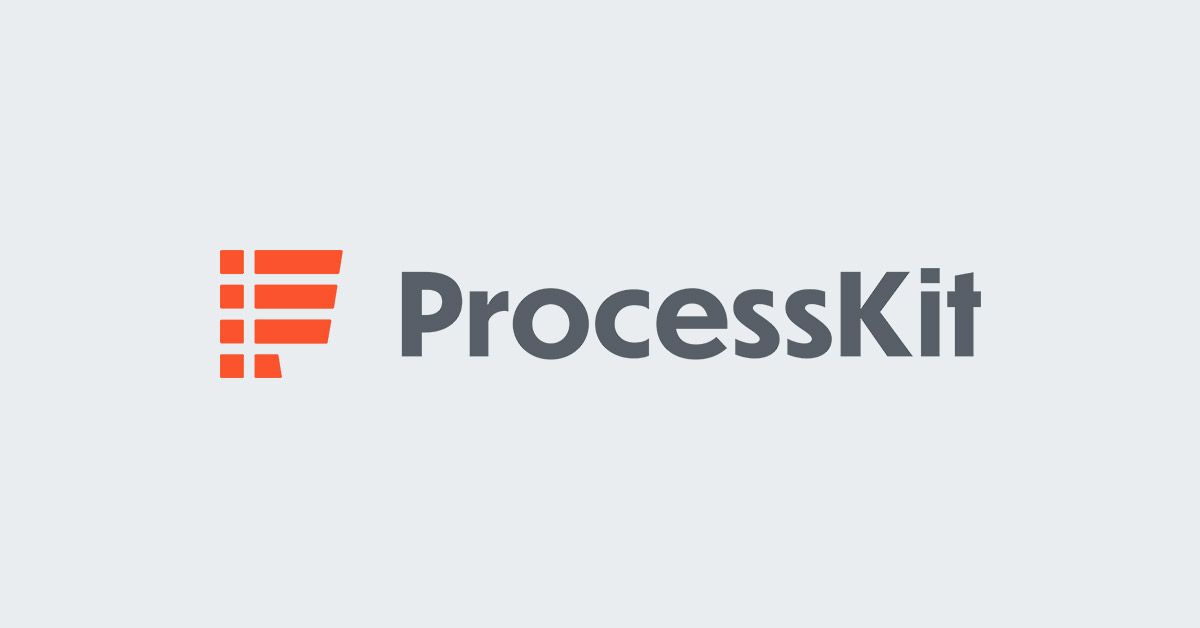Boost Efficiency by Documenting Recurring Processes in ProcessKit
From invoicing to client onboarding, learn how documenting your processes in ProcessKit can save time and improve results.

The Benefits of Documenting Recurring Processes
Documenting recurring processes is a crucial practice for anyone looking to boost efficiency, consistency, and scalability in their work, whether you're a solopreneur or part of a larger team. By creating clear, step-by-step guides for repeatable workflows, you can streamline your operations and ensure that you're always following best practices.
One of the primary benefits of documenting recurring processes is increased consistency. With a standardized process in place, you can complete tasks in a uniform manner, reducing errors and variations in output. This is particularly important for processes that directly impact the customer experience or the quality of your deliverables.
Another key benefit is improved efficiency. When you have a clear roadmap to follow, you can complete tasks more quickly and with fewer mistakes. This frees up time and mental energy for higher-level work and strategic initiatives. Additionally, well-documented processes make it easier to identify bottlenecks and opportunities for optimization.
Finally, documented processes enable you to scale more effectively. As your business grows and takes on new challenges, having a library of standardized workflows ensures that you can maintain quality and consistency, even if you start delegating tasks to others.
Introduction to ProcessKit and its Key Features
ProcessKit is a powerful tool designed to help solopreneurs and teams reap the benefits of documenting and managing their recurring processes. ProcessKit makes it easy to create, share, and optimize process documentation.
One of ProcessKit's standout features is its ability to break down complex processes into clear, manageable steps. Each step can be enhanced with detailed descriptions, images, videos, and links to relevant resources. This ensures that you have all the information you need to complete the process consistently and efficiently.
Another key feature is ProcessKit's collaboration capabilities. If you work with others, team members can comment on specific steps, suggest improvements, and assign tasks to one another. This fosters a culture of continuous improvement and ensures that process documentation remains up-to-date and relevant. Additionally, individual tasks can be assigned to unlicensed guest users.
Real-World Examples of Boosting Efficiency with ProcessKit
To illustrate the impact of using ProcessKit for recurring process documentation, let's look at four real-world examples:
Sending out invoices: By documenting this process in ProcessKit, you can ensure that invoices are sent out consistently and on time. The documentation can include steps like generating the invoice, double-checking for accuracy, and sending it to the appropriate client contact. This helps reduce errors and delays in the invoicing process, improving cash flow and client satisfaction.
Onboarding a new client: With a standardized onboarding process in ProcessKit, you can provide a consistent, thorough experience for every new client. This can include steps like setting up accounts, gathering necessary information, and providing access to relevant resources. A well-documented onboarding process helps build trust and sets the stage for a successful client relationship.
Upsizing an Access backend to SQL Server: For Access developers, upsizing a backend to SQL Server is a common but complex process. By documenting the steps in ProcessKit, including tasks like setting up the SQL Server instance, migrating data, and updating linked tables, you can ensure a smooth and efficient transition. This documentation can also serve as a valuable reference for future upsizing projects.
Deploying application updates: Regularly deploying updates is essential for maintaining the security and functionality of your applications. By documenting the deployment process in ProcessKit, you can ensure that updates are rolled out consistently and with minimal downtime. The documentation can include steps like testing the update in a staging environment, creating a backup, and communicating with end-users about the changes.
These examples demonstrate how documenting recurring processes in ProcessKit can lead to tangible improvements in efficiency, consistency, and overall performance for a variety of tasks and industries. By leveraging ProcessKit's features and capabilities, solopreneurs and teams can streamline their operations and drive better results.

Acknowledgements
- Article title generated with the help of Claude-3-Opus
- Article excerpt generated with the help of Claude-3-Opus
- Initial draft generated with the help of Claude-3-Opus

